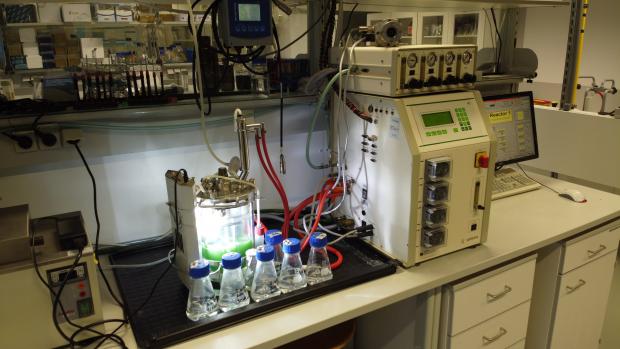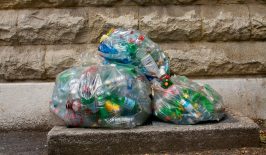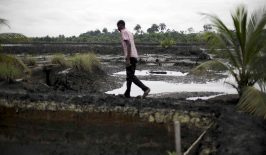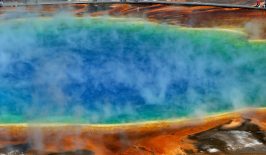Recycling e-waste still presents us with major challenges, partly because the individual components are difficult to separate from one another. However, researchers are developing a new method – with the help of bacteria.
Laptops, smartphones, batteries – as soon as the tools of our digitalised world have had their day, they become e-waste. But these legacies are anything but worthless waste, as the term suggests, but still full of valuable resources, such as rare earth elements. Their availability is limited, however, and there are no environmentally friendly recycling methods yet. “In recent years, the use of rare minerals in electronics has increased exponentially. Current recycling methods, which in most cases amount to barely one percent of the required quantity, are neither environmentally friendly nor sustainable due to the use of chemicals,” Dominik Schild, professor at the Institute of Biotechnology at the IMC Krems University of Applied Sciences in the field of bioprocess technology, told Tech&Nature.
So recovering and reusing these rare earths makes sense in many ways. The REEgain project, which is led by the IMC Krems University of Applied Sciences, aims to remove environmentally hazardous rare earths – including scandium and yttrium, for example – from electronic waste and waste water. Special little helpers are used here, namely microorganisms such as bacteria and algae. “We work with mesophilic organisms, i.e. those that do not need any special conditions,” project leader Schild explains to RESET. Well-known examples are Escherichia coli – also called coli bacteria – yeasts and Halomonadaceae. The latter, by the way, belong to the order of Proteobacteria, some species of which are able to break down crude oil and can therefore be used to help clean up oil spills.
“The organisms partly absorb the rare earths into the cell, partly they are just bound to the surface,” Schild says. To recover the rare earths, e-waste is dissolved in a liquid and microorganisms are added. This creates a biomass from which the rare earths can be extracted and used again. This method does not produce any material that is harmful to the environment and has to be disposed of separately.
 © Bacteria is used to release the rare earths from electronic waste.
© Bacteria is used to release the rare earths from electronic waste.The researchers have already achieved uptake rates of up to 85 per cent. Over the next two years, the aim is now to find macroscopic parameters – such as temperature, pH, salinity in the solution – at which the organisms take up as much as possible. “In the end, we want to be able to present a functioning technology,” says Dominik Schild. It could still be a few years before that happens, because so far research is only being done on a small scale; from a few litres of water, the researchers have so far only recovered a few grams of rare earths.” After the technology has been developed, it’s then a matter of developing a prototype. That will depend a lot on strategic partners in industry, so how quickly how much money is there to build and test it. I estimate that we need another two to three years for that. But then it could work on a large scale and produce useful yields,” Schild explained to RESET, ultimately enabling a true circular economy for electrical waste.
Other project participants include the Danube University Krems, Karl Landsteiner University and the Academy of Science of the Czech Republic. The project is financed by the Interreg V-A AT-CZ fund.
This is a translation of an original article that first appeared on RESET’s German-language site.








